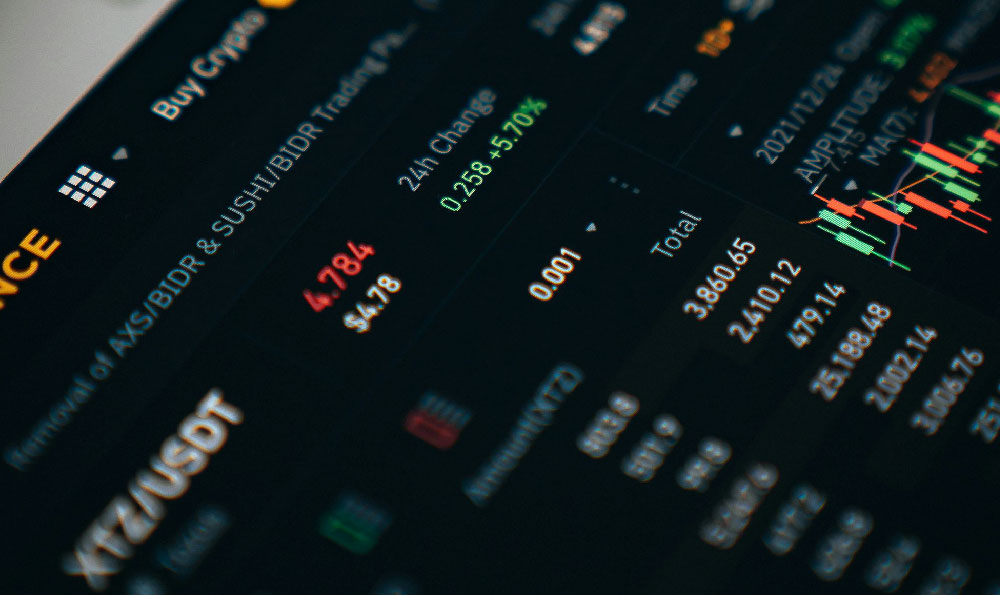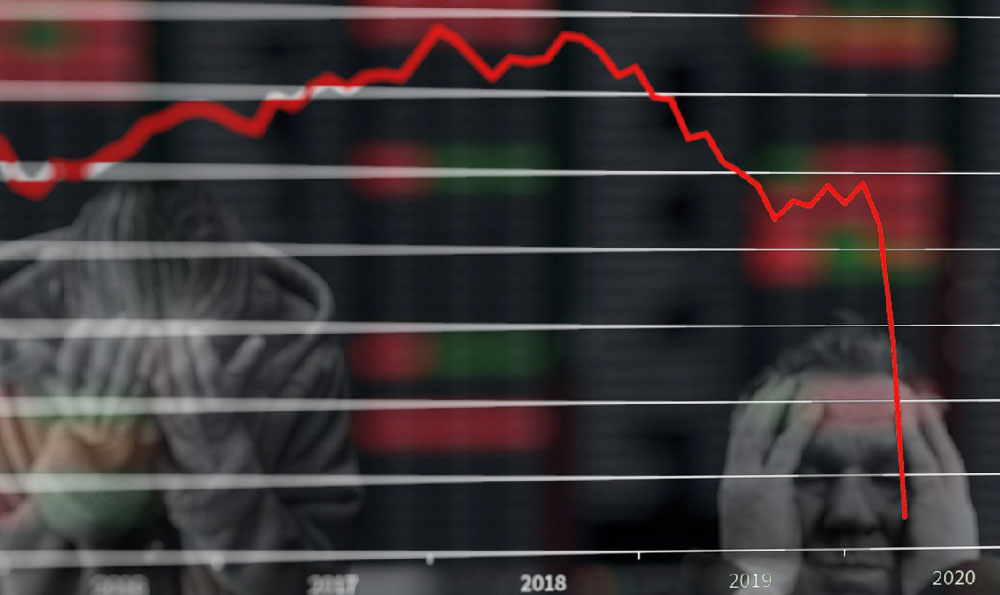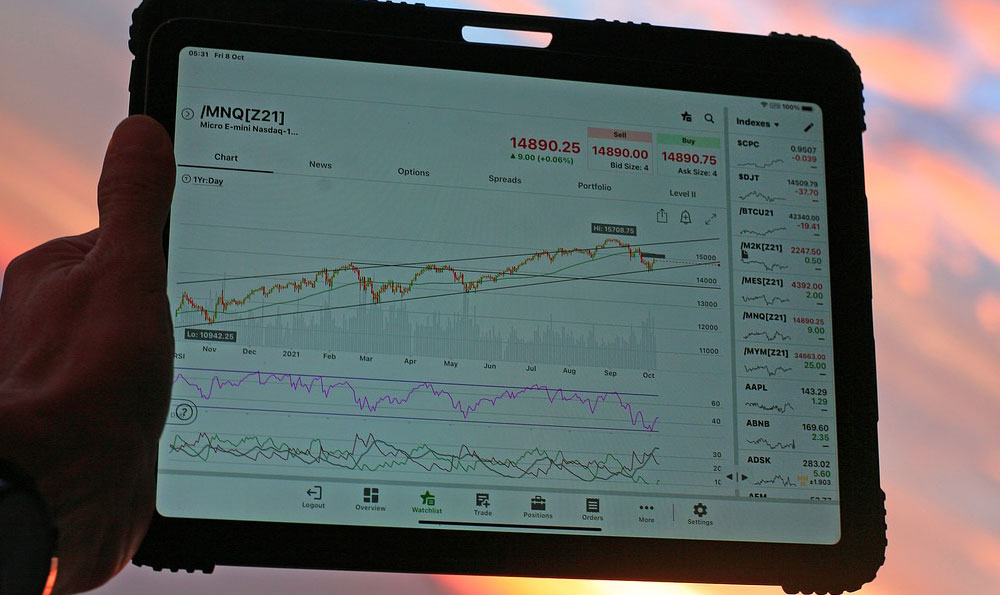Let's delve into the earning potential of Uber drivers, an often-misunderstood aspect of the gig economy. While Uber advertises flexibility and the opportunity to "be your own boss," the reality of income can be complex and influenced by a multitude of factors. It's crucial to understand these nuances before considering driving for Uber as a primary source of income or even as a supplementary one.
One of the most significant determinants of an Uber driver's income is their location. Major metropolitan areas with high demand for rides tend to offer more earning opportunities than smaller towns or rural areas. This is simply due to the higher volume of ride requests and the potential for surge pricing during peak hours. Cities with robust tourism, thriving nightlife, or significant corporate presence often present more lucrative opportunities for drivers. Furthermore, the local cost of living plays a role. While higher fares might exist in expensive cities, the driver's expenses, such as fuel, maintenance, and potentially vehicle rentals, will also be higher.
Beyond location, the time of day and day of the week profoundly impact earnings. Friday and Saturday nights, particularly during peak bar and restaurant hours, are often the most profitable times to drive. Similarly, weekday morning and evening rush hours can provide a steady stream of rides, though often accompanied by increased traffic and potential for longer travel times. Special events, such as concerts, sporting events, or festivals, can also create surges in demand and boost driver income. Strategic scheduling is thus paramount for maximizing earnings. Drivers who are willing to work during these peak periods are likely to earn significantly more than those who only drive during off-peak hours.

The type of vehicle a driver operates also has an influence. While driving a fuel-efficient compact car can minimize operating costs, offering UberX or UberPool services, larger vehicles that qualify for UberXL or Uber Black services can command higher fares per ride. However, the initial investment in a larger vehicle and the associated fuel costs must be carefully considered to ensure profitability. The age and condition of the vehicle also matter. Newer, well-maintained vehicles are more reliable and require less frequent repairs, which translates to less downtime and more earning potential. Furthermore, maintaining a high driver rating is crucial. Passengers can rate drivers after each ride, and drivers with consistently high ratings are more likely to receive ride requests. Providing excellent customer service, maintaining a clean and comfortable vehicle, and navigating efficiently are all essential for achieving and maintaining a high rating.
Moreover, understanding and utilizing Uber's platform effectively is key to maximizing income. Drivers should familiarize themselves with features like surge pricing, which alerts them to areas with high demand and higher fares. Accepting ride requests strategically, focusing on shorter trips during peak hours and longer trips during off-peak hours, can also optimize earnings. Additionally, participating in Uber's incentive programs, such as quests or promotions, can provide bonus income for completing a certain number of rides within a specific time frame. Drivers should also carefully track their expenses, including fuel, maintenance, insurance, and depreciation, to accurately calculate their net income and ensure they are operating profitably.
It's also important to be aware of the hidden costs associated with driving for Uber. These costs can include vehicle depreciation, increased insurance premiums, and the cost of maintaining the vehicle in good working condition. Drivers should also factor in the self-employment tax burden, as they are responsible for paying both the employer and employee portions of Social Security and Medicare taxes. Failing to account for these expenses can lead to an inaccurate assessment of earnings and potential financial difficulties.
The rise of electric vehicles (EVs) also presents an evolving factor. While the initial cost of an EV might be higher, the reduced fuel and maintenance costs can potentially lead to significant long-term savings. Furthermore, many cities offer incentives and rebates for EV owners, making them an increasingly attractive option for Uber drivers. However, drivers need to consider the availability of charging infrastructure and the time required for charging, as this can impact their ability to accept ride requests continuously.
Finally, it's crucial to remember that the rideshare market is dynamic and subject to change. Uber's pricing policies, driver incentives, and market conditions can fluctuate, impacting driver earnings. Staying informed about these changes and adapting strategies accordingly is essential for long-term success. Drivers should regularly monitor their earnings, track their expenses, and analyze their performance to identify areas for improvement and ensure they are operating efficiently and profitably. By understanding the various factors that influence income and proactively managing their operations, Uber drivers can increase their earning potential and achieve their financial goals.












